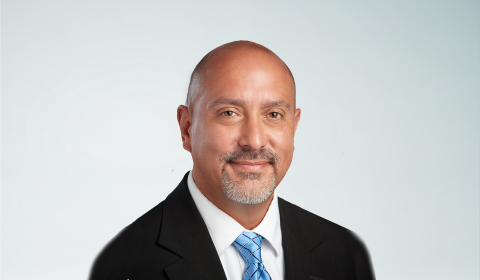One of the services that RGA offers to its clients is an underwriting operational review. This review is designed to look at the underwriting process -- from request for quote, risk analysis, proposal, through sold case, renewal and, finally, quality assurance. In doing these types of reviews, I am always interested in learning how companies structure their underwriting departments and quality assurance programs.
To gain a more comprehensive and up-to-date picture of how companies currently do this, RGA recently conducted an industry survey on this topic. Twenty six U.S. and 11 Canadian insurance companies responded to the survey where we asked questions pertaining to:
- Underwriters: the number employed, the various underwriting job levels and what tasks they perform
- Workplace flexibility: whether companies allow underwriters to work from home
- Scope of work: if underwriters work on products other than group life and disability
- Assignment of work: if underwriters' work is assigned based on other criteria besides case size
- Organizational structure: advantages/ disadvantages of the organization structure
- The future: any planned changes going forward
- The role of quality assurance: how quality assurance is conducted as well as advantages/disadvantages
In this article, I'll provide a few observations that came out of survey.
Underwriting Staff
As one would expect, the number of underwriters on staff depends upon the amount of business written. Our survey respondents employ a range between 4 and 100 underwriters. Whether in the U.S. or Canada, most of these companies have approximately four job levels within the underwriting department; each level is essentially defined by the number of years of experience in the job with increased responsibility and complexity of work at the higher levels. Some of the Canadian companies also require that an underwriter have a Certified Employee Benefit Specialist (CEBS) designation or have passed actuarial exams to move to higher job levels.
Workplace Flexibility
In both the U.S. and Canada, the majority of the companies allow underwriters to occasionally work from home if the need arises. This is most often due to inclement weather or personal issues. In the U.S., it is becoming more common for companies to employ underwriters who regularly work from home on a full-time basis. The requirements for such an arrangement include designated private work space in the home without disruption (i.e., no children at home, etc.) and having attained a certain level of experience and satisfactory performance.
Anecdotally I have heard that underwriters who work from home are expected to be and believed to be more productive than those who work in the office. However, the survey results indicate that productivity is about the same as those in the office. Thanks to advances in technology such as Microsoft® Live Meeting, email, instant messaging and video conferencing, underwriters who work remotely are able to stay connected with their colleagues and up to date with changes.
Scope of Coverages Handled
We also wanted to know if underwriters also worked on other lines of coverage besides group life and disability. Survey results indicated that all of the underwriters in Canada and a majority of underwriters in the U.S. work on other product lines. In Canada, these other products include medical, dental and critical illness (CI); in the U.S., the product suite generally includes dental, CI, accident and leave management but not very often medical insurance.
Work Assignment
Virtually all companies assign underwriters' work based on case size. Depending on the markets a company serves, the definition of case size – small, mid, large – varies by company. In Canada, generally small group is defined as less than 25 lives, mid is 25 to 250 lives, and large is more than 250 lives. In the U.S., small is generally considered less than 100 lives, mid is 100 to 2,000 lives, and large is more than 2,000 lives.
We asked if other criteria were used to assign work in addition to size of the employer group. In both the U.S. and Canada, the most prevalent distinction is by region or location within the country. This approach builds upon local market knowledge and strong distribution relationships. Most companies have underwriters work on both new business and renewals which allows underwriters to feel a sense of ownership in their business. A drawback to this approach is the underwriters' ability to prioritize new business opportunities along with renewal workloads.
Changes on the Horizon
While not many companies indicated that there were plans to change the structure of their departments in the next year or two, many indicated plans to provide more training for underwriters and improvements to systems and processes.
Quality Assurance
Finally, we took a look at how companies approach quality assurance. Most companies in both Canada and the U.S. rely on senior level underwriters or managers to perform quality assurance audits. One of the challenges of this approach is the time and resources required to do the reviews in addition to the normal workload. Quality assurance can take a back seat when faced with competing priorities. One company commented that they are considering how to do more “real time" quality control as opposed to trying to catch errors after they are made.
Reviews are typically targeted based on a number of files per underwriter each month. Within the review, companies are measuring adherence to guidelines, documentation of work, underwriting analysis and appropriate signoff from the proper authority. About half of the U.S. and a quarter of the Canadian companies assign category weightings to the review. Review results are typically shared with the underwriter which provides the underwriter with an opportunity to dispute and/or appeal the findings as he or she sees fit.
Sharing Results with Survey Participants
The survey was very expansive and informative with many good insights on how companies handle their underwriting work. Thanks to all who took the time to participate and share their practices.
If your company participated in the survey, a more in-depth review of the survey results will be shared at a webcast for survey participants on September 9. We will also send a comprehensive report of survey findings to those participants in September.



